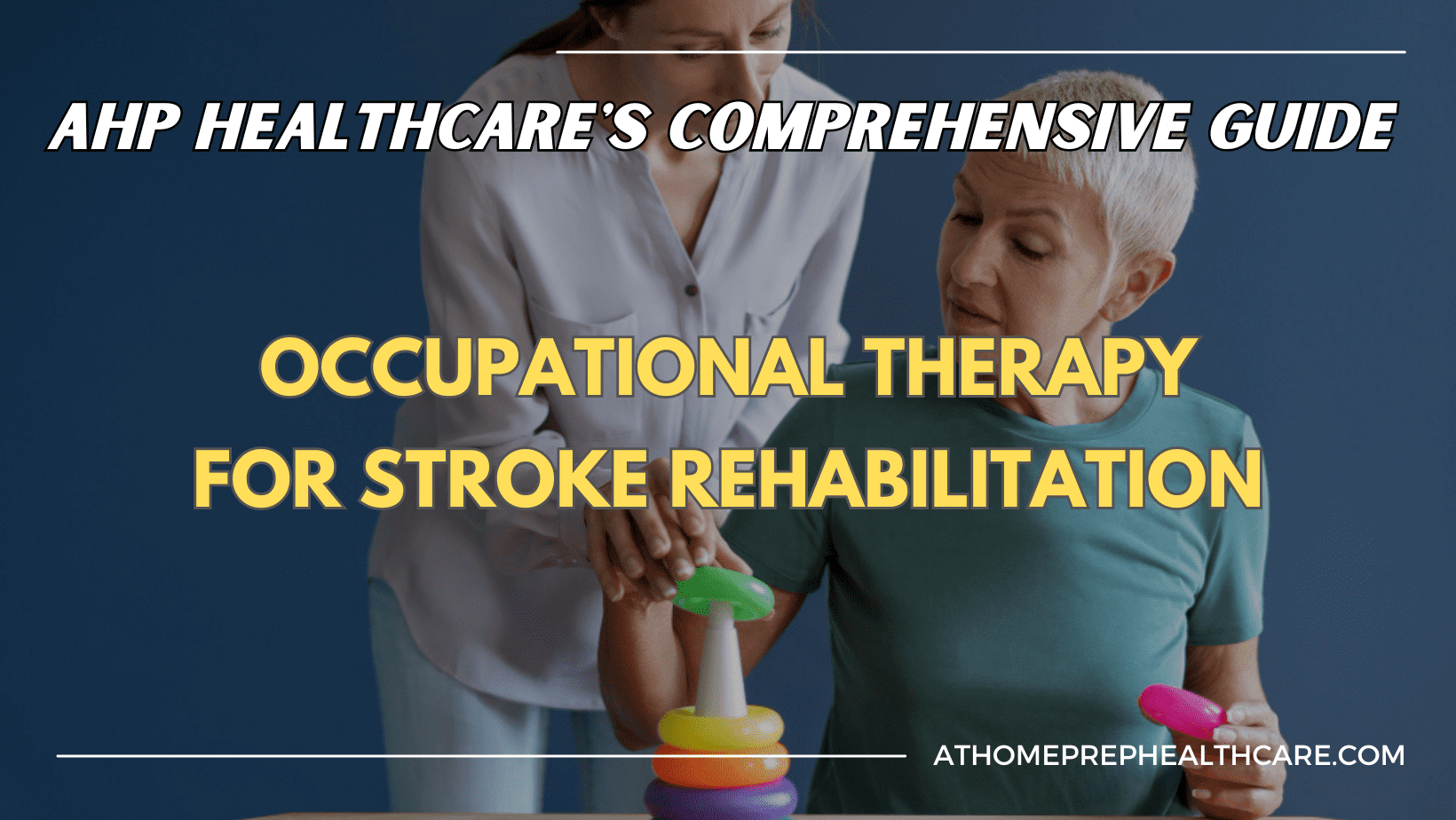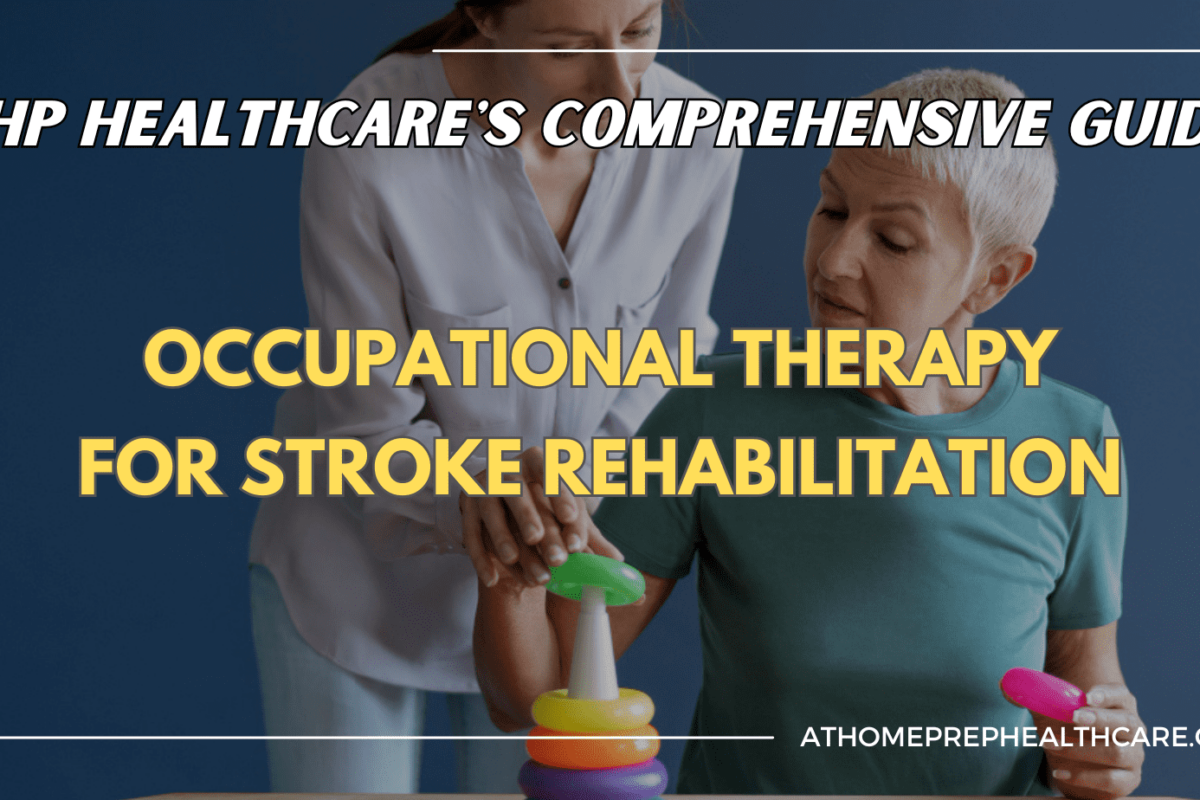 Stroke is a life-altering event that can leave survivors facing a myriad of challenges. Beyond the initial medical treatment, many stroke survivors are left with the daunting task of regaining their independence in daily life. This is where occupational therapy plays a vital role, offering hope, support, and a path to recovery.
Stroke is a life-altering event that can leave survivors facing a myriad of challenges. Beyond the initial medical treatment, many stroke survivors are left with the daunting task of regaining their independence in daily life. This is where occupational therapy plays a vital role, offering hope, support, and a path to recovery.
Understanding the Impact of Stroke
A stroke can affect various aspects of a person’s life, including motor control, hand function, cognitive abilities, and even their ability to perform essential daily tasks. The aftermath of a stroke can be overwhelming as survivors grapple with the physical, emotional, and psychological consequences. After a stroke, individuals may experience difficulties in the following ways:- Motor Control and Hand Function: Many stroke survivors face challenges related to motor control and hand function, which can significantly impact their ability to perform basic tasks like dressing, grooming, or even feeding themselves. The loss of upper limb function can be particularly challenging.
- Cognitive and Perceptual Changes: Stroke can lead to cognitive impairments, affecting memory, executive function, and other cognitive skills. Visual-perceptual impairments like agnosia, visuospatial problems, and neglect can also be part of the picture, making daily activities more complex.
- Memory and Cognition: Memory, cognition, and executive functioning are critical components of daily life. A stroke can disrupt these functions, making it difficult for survivors to carry out tasks that require planning, organization, and memory.
- Sensory Loss: Some stroke survivors experience sensory loss, affecting their ability to sense and respond to their environment. This loss can further complicate daily life.
- Activities of Daily Living: The stroke’s impact on a person’s daily tasks, including personal care, domestic chores, and even work or leisure activities, can be profound.
- Home and Community Life: Assessing a stroke survivor’s readiness to return home is crucial. Occupational therapists evaluate the safety of the home environment and the patient’s ability to navigate it.


